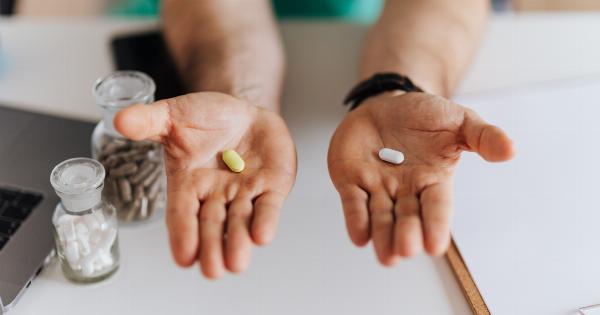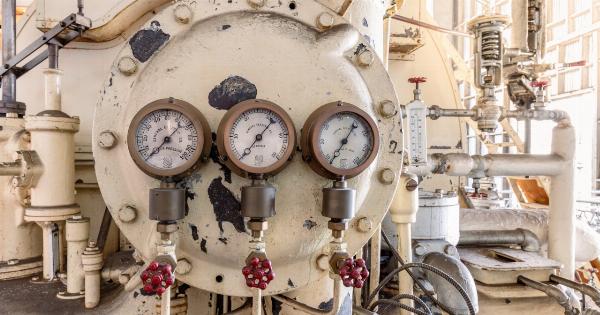Thousands of people around the world are affected by blindness due to damaged corneas. The cornea is the clear outer layer of the eye that may get damaged due to injury, infection, or other reasons.
Until recently, the only way to restore sight was through a cornea transplant, which had its limitations. However, a recent breakthrough has come in the form of pig collagen, which may now be used to restore sight to the blind.
What is Pig Collagen?
Collagen is a protein that is abundantly present in the body, especially in connective tissues such as cartilage, skin, and tendons. Pig collagen, as the name suggests, is collagen derived from pigs.
It is a natural and safe product that has been used for various medical applications for many years. In the last decade, scientists have been exploring the use of pig collagen to grow new tissues to replace damaged human tissues.
How is Pig Collagen Used to Restore Sight?
Pig collagen has been found to be an ideal material for growing new corneas in the lab. Cornea tissue engineering is a promising new field, and scientists are exploring different ways to regenerate corneas.
Researchers at the University of Pittsburgh School of Medicine have discovered that by combining human cells with pig collagen, they can create a scaffold for cornea repair. The pig collagen acts as a temporary support structure for the cells to attach and grow. Over time, the cells replace the scaffold with new, healthy cornea tissue.
The process involves removing the damaged cornea and replacing it with a synthetic cornea made of pig collagen and human cornea cells. This new cornea is then implanted into the eye of the patient.
The pig collagen acts as a scaffold, allowing the human cornea cells to grow and regenerate the damaged cornea. The process is simple, painless, and has a quick recovery time.
Why is Pig Collagen a Better Alternative for Cornea Transplants?
Pig collagen has several advantages when compared to traditional cornea transplants. Firstly, traditional cornea transplant requires human donors, which can be difficult to find and may result in long waiting lists.
Secondly, a cornea transplant requires the graft to be a perfect match for the recipient, which is not always possible. Pig collagen addresses both these issues by providing a readily available and safe product that is compatible with human biology.
Furthermore, pig collagen cells are highly resistant to ultraviolet rays and are less likely to have bacterial or viral infections, which is essential in the context of cornea transplantation.
Pig collagen is also relatively easy to manipulate, which makes it a practical option for researchers working on cornea repair in the lab.
The Future of Pig Collagen in Cornea Repair and Transplantation
The use of pig collagen has opened new doors in the field of cornea repair and transplantation. Currently, researchers are working on developing new methods to improve the efficiency and safety of the process.
Scientists are also exploring the use of pig collagen in other areas such as bone and cartilage repair, tissue engineering, and organ transplantation.
While pig collagen holds great promise for the future, it is still in the early stages of development and requires further research. Nevertheless, the potential benefits of this innovative technology cannot be ignored.
The use of pig collagen may well revolutionize the field of cornea repair and transplantation, giving hope to thousands of people around the world blinded by damaged corneas.
The Bottom Line
Pig collagen is a natural and safe product that holds great potential for restoring sight to the blind.
It has several advantages over traditional cornea transplants, such as compatibility with human biology, ease of manipulation, and resistance to bacterial and viral infections. While pig collagen is still in its early stages of development, it represents a promising new field that may revolutionize the way we approach cornea repair and transplantation.






























